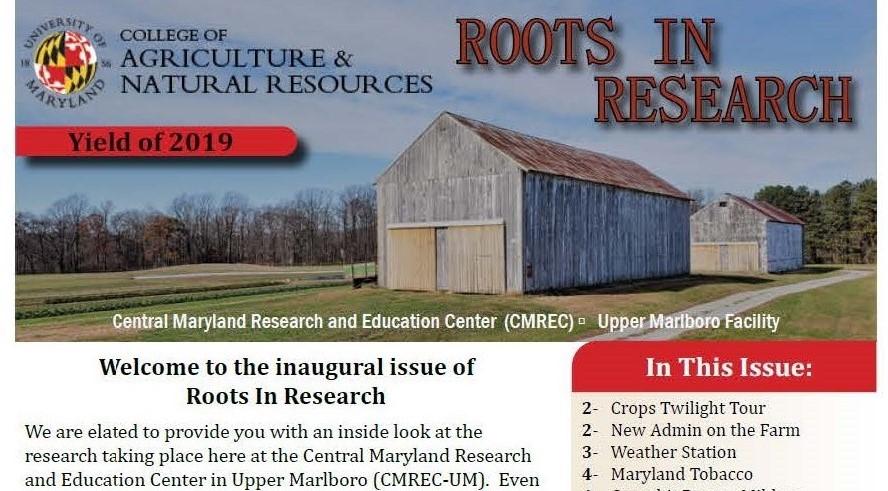Updated: December 23, 2025
Evapotranspiration and Its Importance in Precision Irrigation Water Management (FS-2025-0792)
This publication explains evapotranspiration (ET) concepts and estimation methods, crop coefficients for major crops, and step-by-step irrigation depth calculations, showing how ET-based scheduling improves precision irrigation, crop water demands, and avoids excess water application. Authors: Kaustubh Shah, Cara Peterson, Ph.D., and Hemendra Kumar, Ph.D.; Title: Evapotranspiration and Its Importance in Precision Irrigation Water Management (FS-2025-0792).
Updated: November 20, 2025
Municipal Water Access for Adopt-A-Lot Program Participants & Establishing an Irrigation Account for Property Owners & Renters (EB-2024-0722)
Authors:
Serena Taylor Newton
This publication provides step-by-step instructions for Adopt-A-Lot participants, property owners, and renters on how to access municipal water in Baltimore City, Maryland. Author: Serena Newton; Title: Municipal Water Access for Adopt-A-Lot Program Participants & Establishing an Irrigation Account for Property Owners & Renters (EB-2024-0722).
Updated: January 20, 2023
Assessing the Extent of Soil Loss from Nursery Tree Root Ball Excavation (EB-442)
A soil quality management issue unique to tree nurseries is the removal of soil off site with sale of the ornamental trees and shrubs, which are harvested with a balled and burlapped (B & B) root ball. The amount of soil removed with B & B harvest and sale has been estimated as much as 5 cm per year. One piece of evidence that has been used to estimate soil loss during B & B tree harvest is the volume of the holes left behind. However, the soil balls wrapped for B & B removal are generally densely permeated with tree roots, leading some to assume that much or most of the ball removed consist of roots rather than soil. There is a dearth of published data on this soil removal or published methods that will allow for reliable calculation of soil being removed from individual enterprises.The main conclusion from this study is that a balled and burlapped (B & B) root ball consists almost entirely (99%) of soil and that the tree roots take up only a negligible portion of the mass and volume. Our results show that in fact the volume of the hole left behind is a reasonable estimate of the volume of soil removed. Authors: Ray Weil, Margaret Guthrie, Chuck Schuster, and Stanton Gill; Title: Assessing the Extent of Soil Loss from Nursery Tree Root Ball Excavation (EB-442)
Updated: May 4, 2022
Hops Production in Maryland: 2017-2018 Hops Trial Growing Season Report and Best Management Practices
This publication details what we have learned from the University of Maryland hops project and includes current production recommendations for growing hops in Maryland. This is a multi-year study and partnership with Flying Dog Brewery that started in 2016.
Updated: April 28, 2022
Manure as a Natural Resource: Alternative Management Opportunities (EB-420)
Authors:
Jarrod Miller
A new publication (EB-420) is available from University of Maryland Extension. Manure as a Natural Resource: Alternative Management Opportunities is written as an overview of some existing technologies. Many new ideas are proposed for the region, and understanding the science behind them is imperative to deciding which option you may want to follow.
Manure, as a source of organic matter and plant nutrients, is an excellent conditioner for soils. It is a component of agronomic production, cycling nutrients between soils, plants and livestock. However, in areas where limited land is available for application, excess soil nutrients can lead to water quality issues. Local restrictions on manure application necessitate finding alternative uses. The simplest method is to transport manure to nutrient-deficient land. Manure can be composted into a higher-quality fertilizer or have the nutrients extracted and sold separately. Manure also has an energy value, and where feasible, anaerobic digestion, pyrolysis, or gasification could be options.




